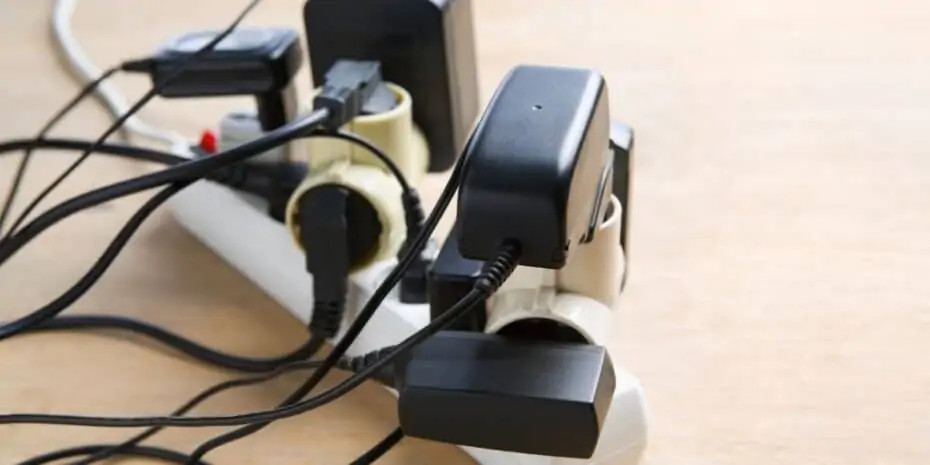
Leverage is one of the greatest advantages of real estate over other types of assets.
But what is leverage in real estate investing? How does it actually help you as a real estate investor? To novice investors, “leverage” seems like one more jargony term that the real estate industry throws around to intimidate newbies.
While it sounds complicated, the concept is anything but. As you explore ways to fund your real estate investments, keep the following pros and cons of leverage in mind.
What Is Leverage in Real Estate?
Put simply, leverage is using someone else’s money to buy assets you own and control.
Most often, that means borrowing a loan to finance the majority of the purchase price when you buy a property. You might put down 20% of your own money and borrow the other 80% of the purchase price from a portfolio lender. When you take a hard money loan, the lender usually finances 100% of the renovation costs, in addition to most of the purchase price.
Leverage doesn’t necessarily have to involve a mortgage, however. You could draw on a business line of credit, a HELOC, or even credit cards to tap other people’s money to finance your property. Many experienced investors borrow money from friends and family in the form of private notes to fund their deals.
How Does Leverage Help Investors?
On the most basic level, leverage helps you buy properties you couldn't otherwise afford.
For example, the median home price in the US is $374,900 at the time of this writing. Most investors don’t have $375,000 sitting around collecting dust, waiting to be put to work. Even coming up with 20% of that as a down payment ($75,000) is no cakewalk.
But that’s not the only way leverage helps investors. Leverage in real estate also amplifies the return you earn on your cash—positive or negative.
Consider a basic example of how leverage can change your cash-on-cash return. You buy a property for $100,000 in cash, rent it for $1,200, and lose $600 a month on non-mortgage expenses (see the 50% Rule). That comes to $7,200 per year in net cash flow or a 7.2% return on investment. Not a bad return, but nothing to write home about.
Now imagine you borrow $80,000 at 4% interest for 30 years, which adds a monthly mortgage payment of $381.93. You now net only $218.07 each month, or $2,616.84 each year. But you also only invested $20,000 rather than $100,000. Your cash-on-cash return comes to 13.1% ($2,616.84 / $20,000 = 13.1%).
To truly compare apples to apples, say you buy five rental properties, $100,000 apiece, with $20,000 down on each. You’ve now invested the same total amount, $100,000, but instead of owning just one property, you own five. And for your $100,000, you earn a combined $13,084 per year in net cash flow, rather than $7,200.
The Risk of Overleverage
Again, leverage amplifies your returns, and that cuts both ways. If you buy a property with weak cash flow (or worse, negative cash flow), that can leave you with significant losses each month.
For example, say the $100,000 property above only rents for $800 per month rather than $1,200. If you pay in cash, you net $400 per month based on the 50% Rule, which comes to $4,800 per year, for a 4.8% ROI.
With a mortgage, you net only $18.07 per month or $216.84 per year. That comes to a 1.1% cash-on-cash return on your $20,000.
Hardly worth all those 3 am phone calls, those difficult tenants and contractors.
It gets worse. Imagine paying 6% interest on your mortgage rather than 4%. Your monthly mortgage now comes to $479.64 per month, which leaves you with negative cash flow once you add in your $400 in non-mortgage expenses.
The other risk with leverage is that you find yourself unable to make your payments. When you sign a mortgage note, you typically also sign a personal guarantee, even if you buy and borrow under an LLC. That means the lender can not only take your property, but if they don’t recover all their money, they can also come after your personal assets such as your home, car, or brokerage account.
How to Use Leverage to Your Advantage
When leveraging other people’s money, always be conservative when you calculate cash flow. Assume the lowest possible rent and the highest possible expenses. It’s better to occasionally miss out on a decent deal than to saddle yourself with a bad one.
With that in mind, don’t try to get fancy buying properties with no money down. Sure, there are ways to do it, but that doesn’t mean you should. Always aim to have some of your own cash in the deal; there’s a reason why lenders want you to put down at least 20%.
It’s frustrating when you’re first getting started and you don’t have much money to invest. But that’s precisely when you should use less leverage—to take lower risks when you have less experience and are apt to make more mistakes.
Put in the work to save up capital to invest. When you make inevitable mistakes, you can chalk them up as the cost of education, rather than losing your shirt because you overleveraged yourself.
Final Thoughts
Leverage truly offers an enormous advantage to real estate as an asset class. In fact, using it wisely is one of the four keys to becoming a millionaire real estate investor.
But like all tools, leverage can be dangerous if used recklessly. In my early years of investing in real estate, I overleveraged rental properties and ended up with negative cash flow on upside-down properties. It took me 15 years to dig myself out of it and left me essentially starting from scratch in my late 30s.
Start with more of your own cash and less leverage, and as you gain experience, you can wield leverage to amplify your returns. No one likes hearing it, but you should crawl before you walk, and walk before you run.
How has leverage in real estate affected your returns? What mistakes have you made with leverage in real estate that you regret?











